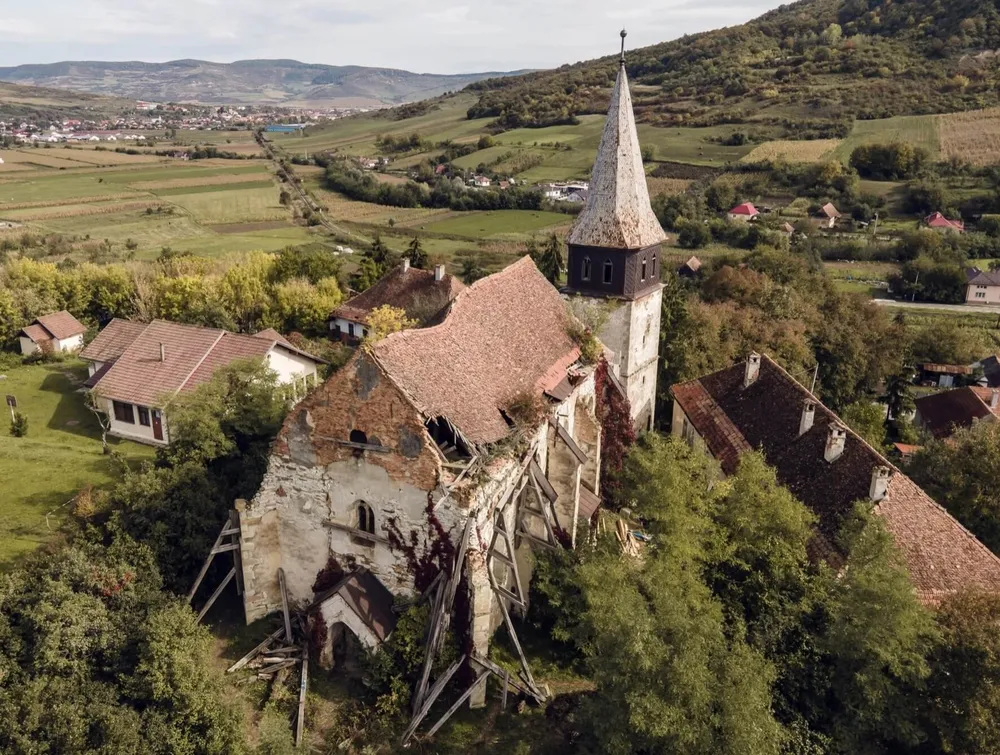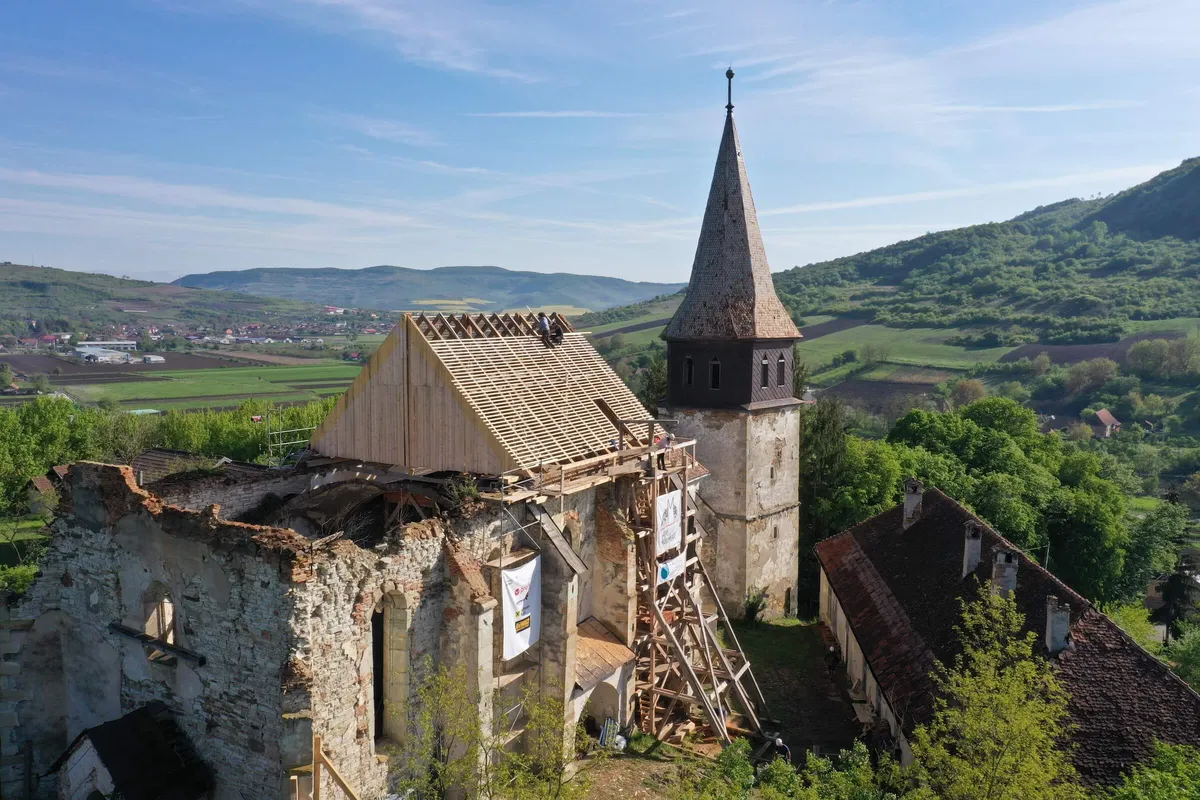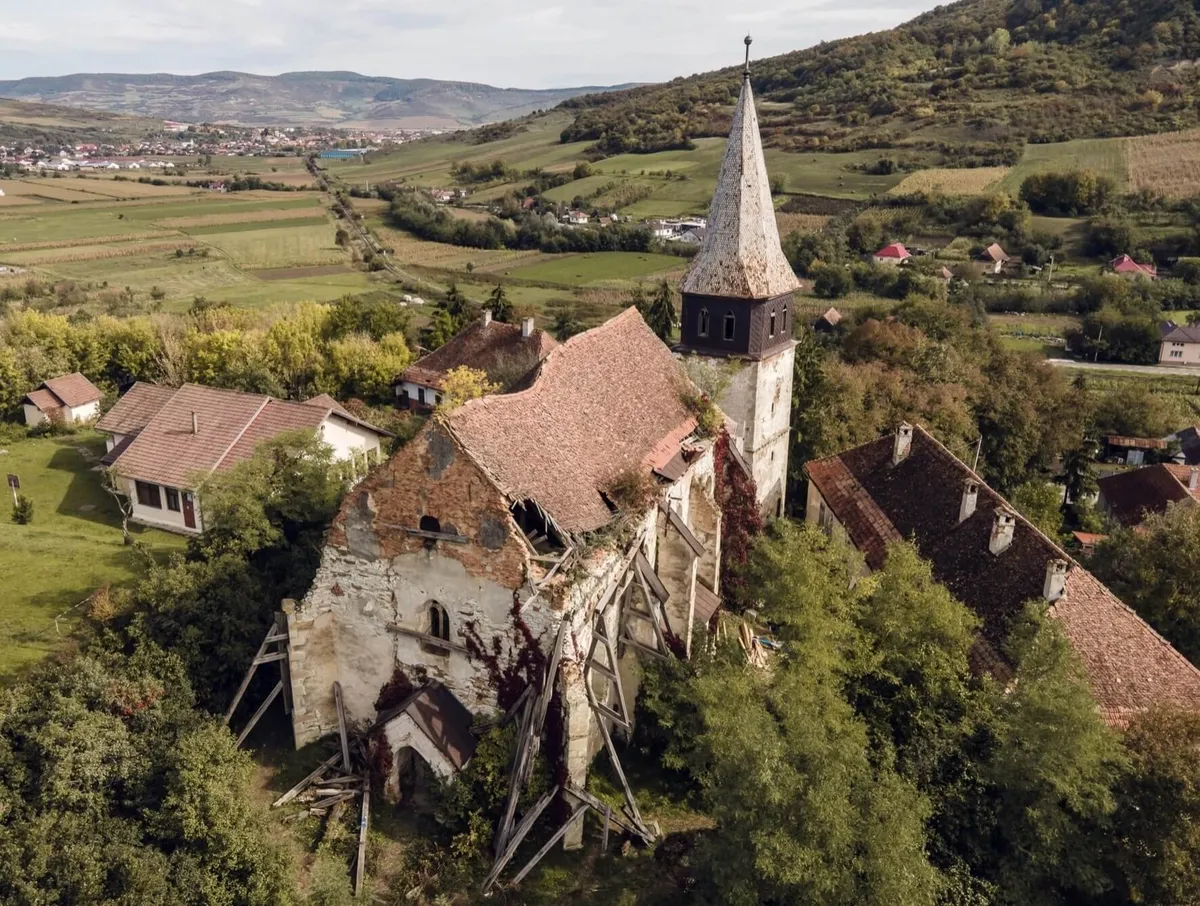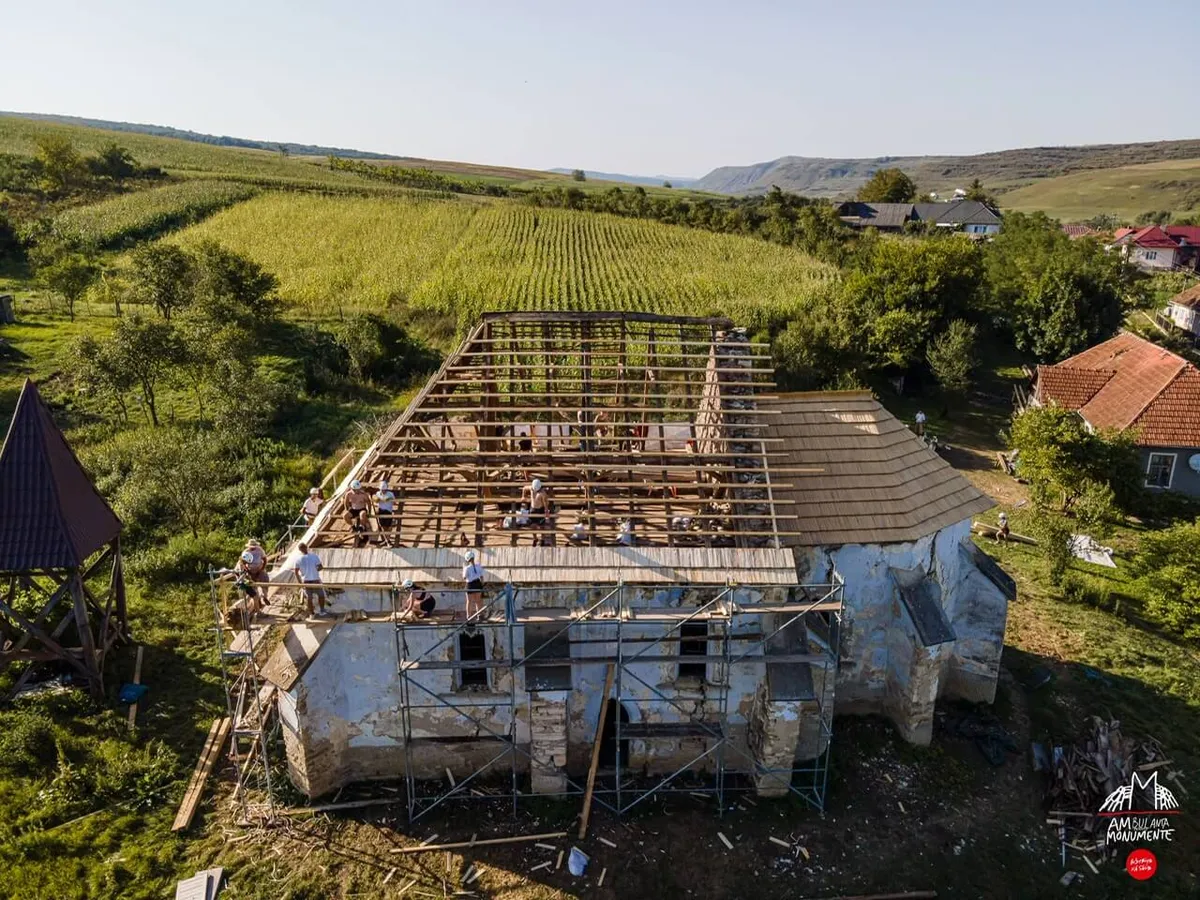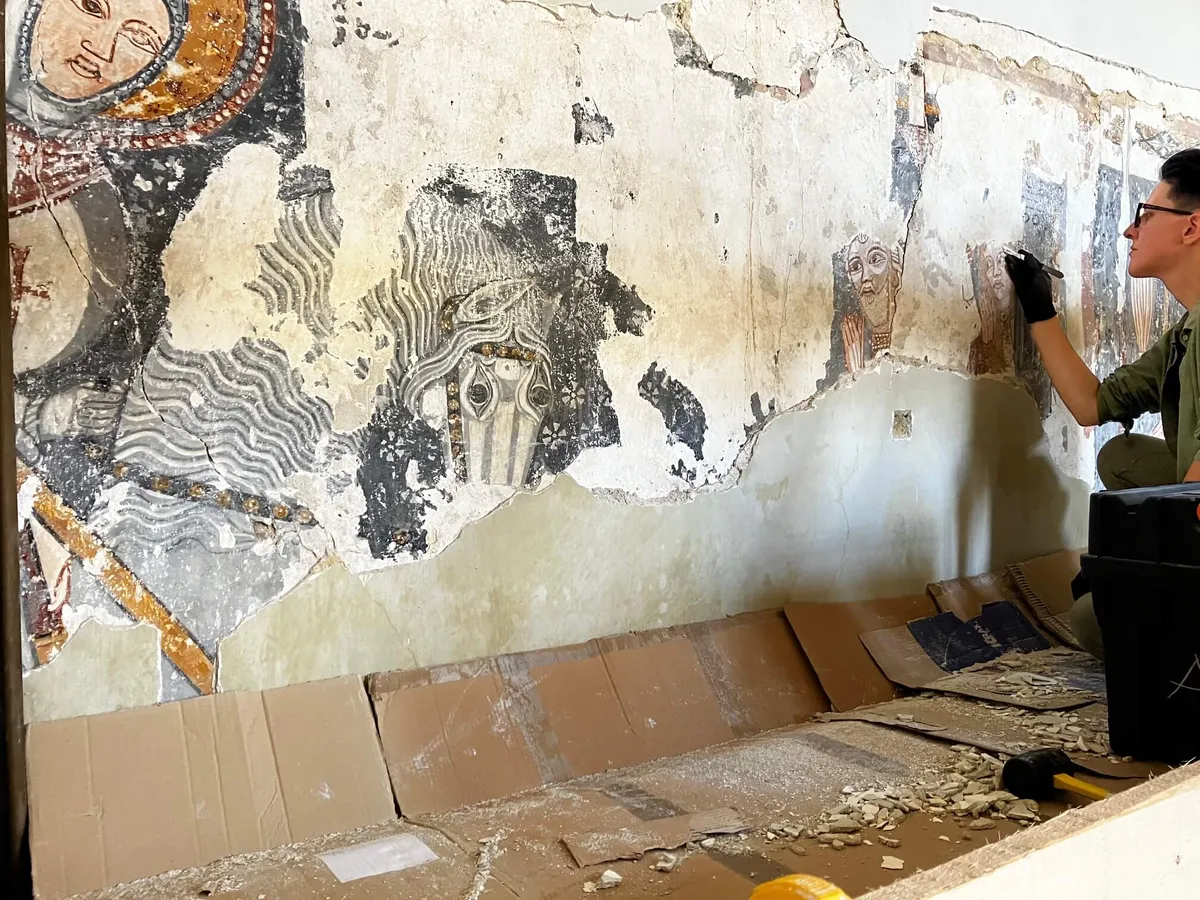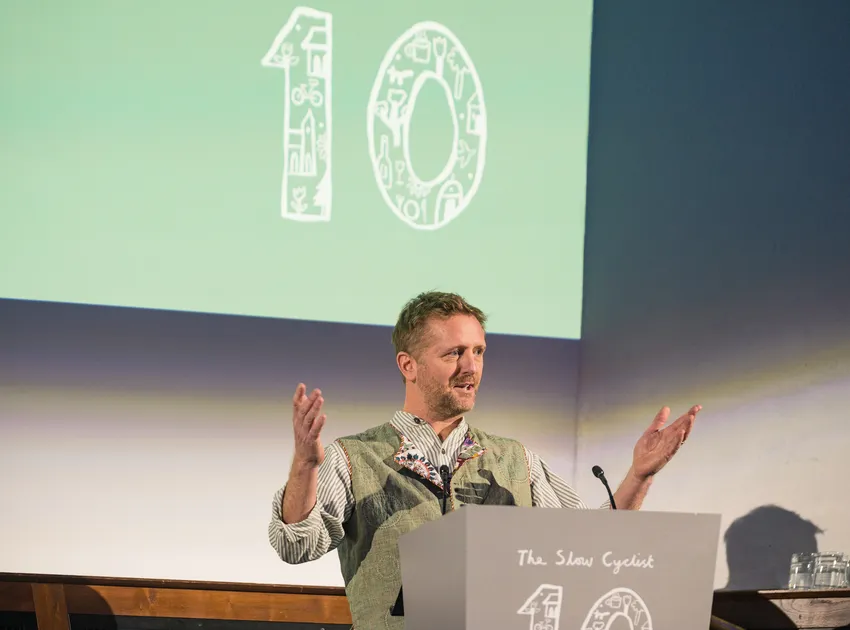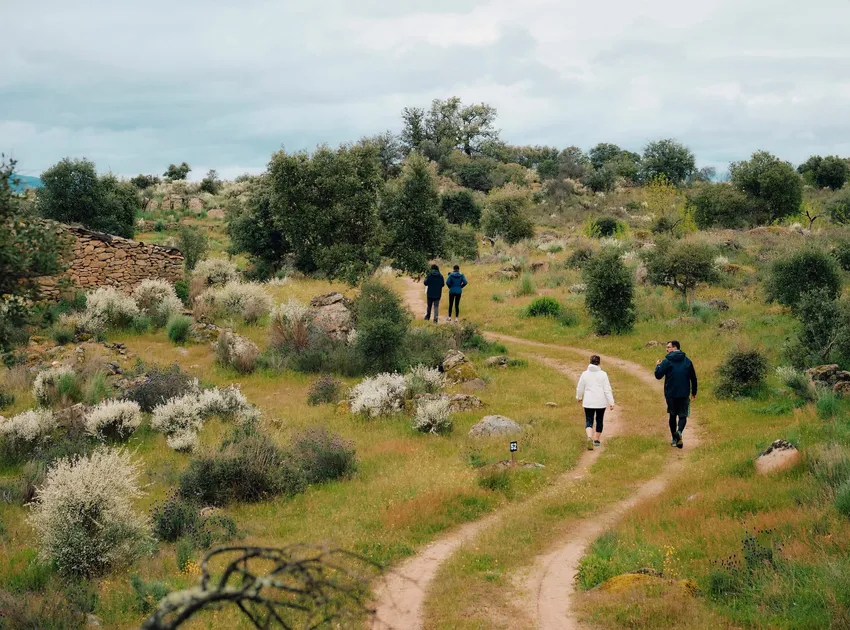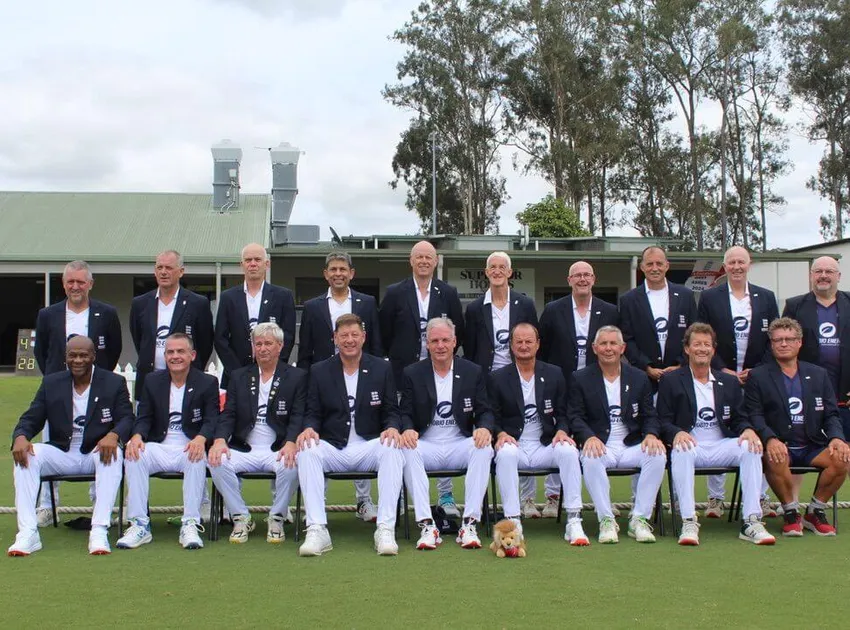Restoring Transylvanian Heritage with William Blacker
To celebrate 10 years of The Slow Cyclist, this year we are aiming to raise £100,000 for ten excellent charities across our destinations. One of these charities is the Anglo Romanian Trust for Traditional Architecture (ARTTA), a UK-based organisation that works to restore and conserve Romania’s built heritage.
Earlier this month, we caught up with co-founder (and author of the excellent book Along the Enchanted Way) William Blacker to find out more about the charity’s fascinating projects.
Founding ARTTA
When communist rule ended in Romania in 1989, things didn’t change overnight, but by the early 2000s, William Blacker noticed a real change in the treatment of the countryside’s historic buildings. "When I first arrived in Transylvania in the 1990s, the traditional architecture was in almost pristine condition and was very much used for its original purpose. But post-2000, I noticed that people were modernising their houses with unsuitable modern materials which they bought in the towns and tended to degrade and destroy houses."
Previously, every village in Transylvania had a sawmill, and many had traditional tile and brick kilns set up by Roma families. Everything was made by hand, clay coming from the local hills and wood from the nearby forests; houses could be built with barely leaving the village. But suddenly there was a temptation for villagers to buy cheap, mass-produced building materials, replacing the simple local materials which previously had been worked entirely by hand.
It didn’t help that many young Romanians were moving away from the villages to live and work in big cities, and much-loved churches and historic buildings started to fall into disrepair. William and co-founder Billy Heathcoat-Amory thought they could help to protect these wonderful buildings, setting up ARTTA in 2009.
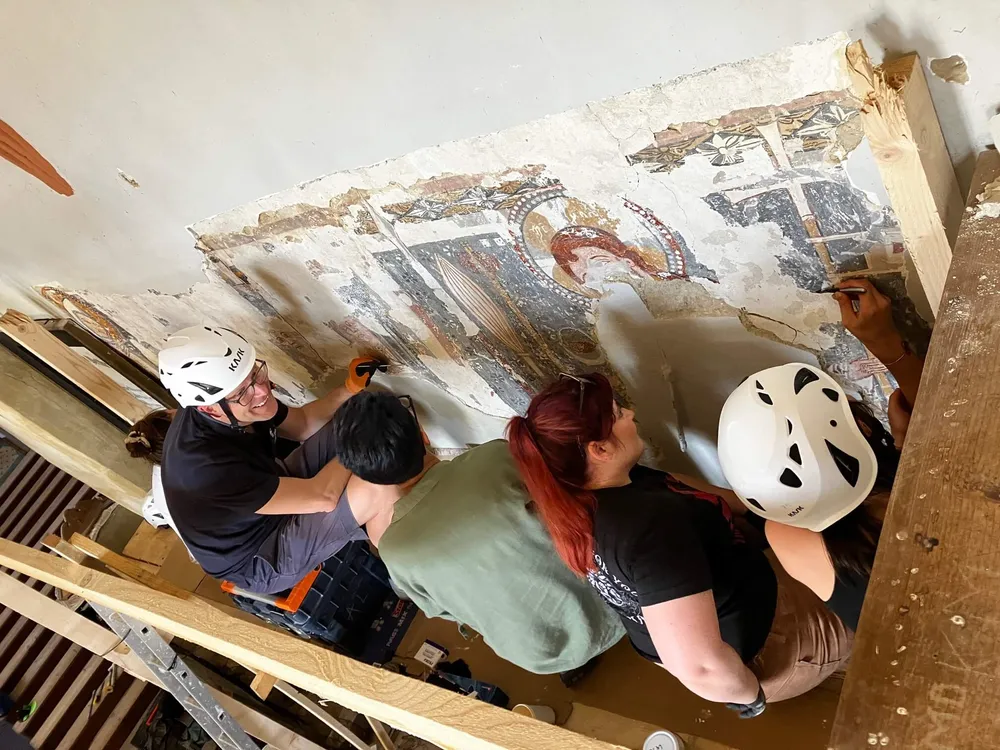
Preserving Traditions
"Our aim is to protect all kinds of crafts, from the manufacturing of handmade tiles and bricks, to lime plastering and all forms of building work. These are the traditional skills that keep historic buildings and communities alive."
Restoring the fabric of a building is painstaking, and the teams of craftspeople do everything they can to protect and reuse original materials. "We will keep everything we possibly can. If a beam is rotting, we don’t replace the whole beam; the rotted piece will be cut off and a new section spliced in. The new beams, rafters, laths and joists are cut by hand with hand saws, axes and adzes. Joints are cut with chisels and mallets. Everything is done with the utmost care not to destroy or remove anything of historic interest or value."
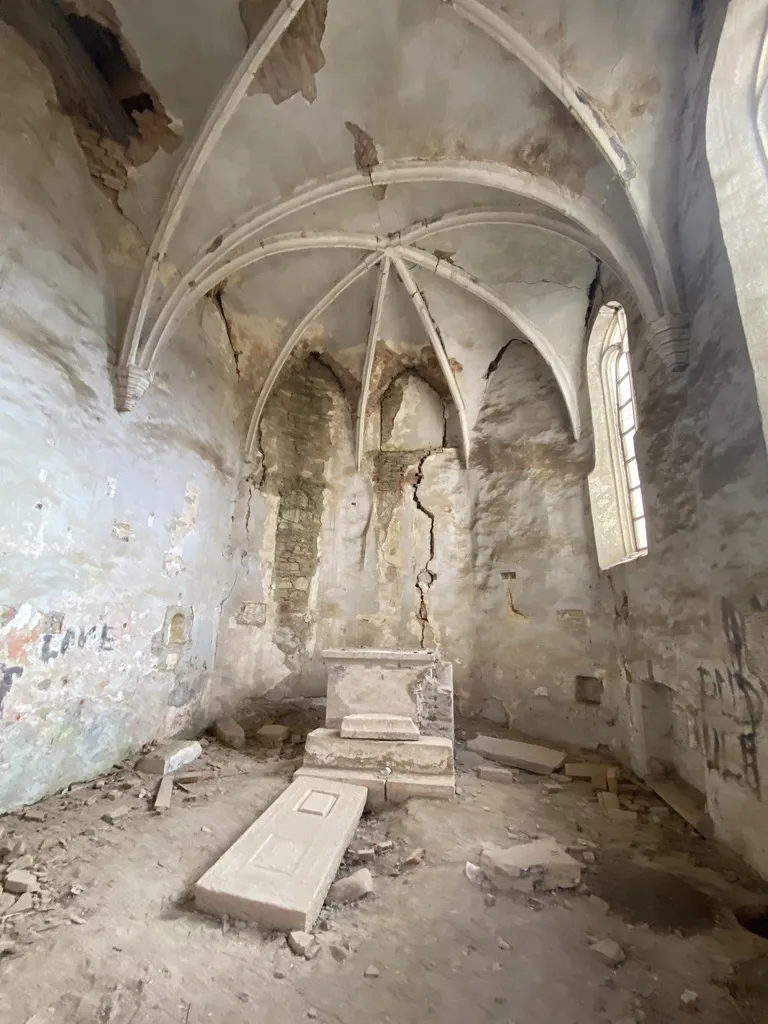
Volunteers and Craftspeople
From 2010, ARTTA began to support various local activists working to save traditional architecture, and in 2011 they set up - together with Eugen Vaida, Mihai Barbu, Jan Hulsemann and others - an association called Monumentum. It was through Monumentum that they helped set up a traditional brick and tile kiln in the village of Apos.
In 2016 William helped set up a new and pioneering organisation called ‘The Ambulance for Historic Buildings’: "The idea was for volunteers in small lorries to travel around the country patching up and carrying out emergency repairs and 'first aid' to listed buildings which were in a sorry state of disrepair. There were sadly many hundreds, if not thousands, all around the country. From small beginnings this organisation now works on about 20 buildings of great historical importance each year, from wooden Orthodox churches, to manor houses, Saxon fortified churches, mills, historic bridges, Oltenian tower houses… the list is long."
With so many leaving Romania for work in Germany, the UK and beyond, finding people to assist on these restoration projects is sometimes a challenge. But young and idealistic Romanians have answered the call and now, as well as employing professional craftsmen and women, there is a huge team of volunteers who are driven by the dream and passion of doing their bit to save their abandoned heritage. Each year 700-800 volunteers, many of whom return year after year, come from all over Romania to help. Many are architectural students, but there are others who are not qualified who just want to join in and help make a difference.
What’s even more striking is that around 75% of these volunteers are women. Why this is, William isn’t sure, but he does know that the volunteers create a great atmosphere: a reminder that great buildings aren’t just about architecture, but building strong communities, too.
‘Where there is hope, people gather. Seeing the next generation’s enthusiasm is truly inspiring.’
Emergency Intervention
Most of the projects are ‘emergency interventions’ with teams mobilising quickly to prevent a building from deteriorating beyond repair.
"It’s often church roofs that need emergency work. We’ll work with local producers to find the right type of wooden shingles or terracotta tiles. It’s inspiring watching the volunteers work; sometimes there are 15 or 20 in a line, passing the tiles from one to another up to the top of the roof, just as they would have done when the church was originally built."
One church currently undergoing such emergency repairs is in the village of Corvinesti, a Gothic stone church in Bistrița (below). "It was in terrible condition, almost on its last legs. The experts discovered that it originally had shingles on the roof which is unusual for a stone church, so these were copied exactly and it’s being reshingled as we speak."
A different kind of intervention is taking place at the church in Roadeș, where beautiful wall paintings were found partly uncovered, having spent 500 years behind limewash. Referring to the photos below, William says, ‘‘It looks like the king is peering out of the hole in the limewash just created, as if in astonishment, blinking his eyes to accustom them to the light."
What’s Next?
As for what the future holds, there are plenty more buildings across Transylvania likely to need emergency interventions in the years to come. "We’ve rescued hundreds of buildings, many of which would have fallen down by now. All of us enjoy it because we feel a great sense of achievement and see such tangible results."
"We’ve been very lucky to be able to help with this wonderful initiative which has grown so much in the past 10 years and we’re determined to keep helping to protect Romania’s wonderful old buildings."
Click here to learn more about our 10 year anniversary and fundraiser. Or if you’ve been inspired to visit the Saxon villages of Transylvania and see some of ARTTA’s restored buildings, join us on a slow cycle in Romania.
